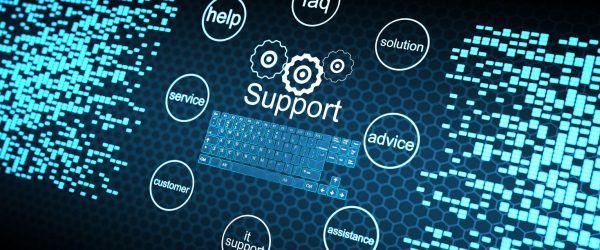Introduction
In today’s always-on digital landscape, system downtime can cost businesses thousands — even millions — in lost revenue and productivity. According to Gartner, the average cost of IT downtime can reach $5,600 per minute, and for larger enterprises, that number can be significantly higher. To combat these losses, many organizations are embracing self-healing systems powered by intelligent automation.
These systems don’t just alert IT teams when something goes wrong — they automatically detect, diagnose, and remediate issues, often before users are even aware of a problem. This approach represents a major step toward autonomous IT operations and is quickly becoming a competitive advantage for enterprises worldwide.
What Are Self-Healing Systems?
A self-healing system is a digital infrastructure capable of automatically:
- Detecting anomalies, failures, or performance degradation
- Diagnosing root causes using rules or AI-powered analytics
- Remediating the issue autonomously (e.g., restarting services, reallocating resources)
- Learning from each event to improve future responses
In other words, a self-healing system closes the loop between observability (knowing what’s happening) and automation (taking action).
Why They Matter: The Case for Intelligent Automation
1. Downtime Reduction
AIOps and automation platforms have shown 20–45% reduction in Mean Time to Repair (MTTR) in enterprise environments (source: McKinsey, Forrester research). Faster MTTR means fewer SLA breaches and happier customers.
2. Cost Efficiency
IDC reports that organizations using intelligent automation in IT operations see significant operational cost reductions due to fewer manual interventions and reduced on-call workloads.
3. Scalability
As digital ecosystems grow more complex (microservices, multi-cloud, edge), manual monitoring simply doesn’t scale. Self-healing systems adapt in real-time.
Core Components of a Self-Healing System
| Component | Purpose | Examples |
| Observability Layer | Collects metrics, logs, traces for visibility | Prometheus, Grafana, Splunk |
| Anomaly Detection | Identifies unusual behaviors | Machine Learning, AIOps tools |
| Decision Engine | Chooses corrective actions | Rule-based policies, AI models |
| Execution Layer | Implements fixes automatically | Kubernetes Operators, Terraform, Ansible |
| Learning & Feedback | Improves over time through data | Predictive analytics, reinforcement learning |
Key Use Cases
- Service Auto-Restart
Automatically restarts crashed containers or microservices. - Dynamic Scaling
Adds capacity during peak loads and scales down when demand drops, optimizing cost. - Network Failover
Detects a failed node and reroutes traffic automatically to healthy nodes. - Configuration Drift Remediation
Detects unauthorized changes and rolls back to the last known stable configuration. - Self-Healing Test Automation
Automatically adapts QA test scripts when UI changes break test cases, reducing test maintenance effort.
How to Build a Self-Healing System: Step-by-Step
- Strengthen Observability
Implement logging, metrics, and tracing across systems. Without visibility, automation is blind. - Automate Simple Remediation First
Start with low-risk, reversible actions like restarting services or clearing cache. - Use Rules + AI Together
Combine simple policies with AI-driven anomaly detection for better accuracy. - Implement a Feedback Loop
Measure the success of each action and adjust automation over time. - Introduce Human-in-the-Loop Approval
For critical actions, require manual approval until confidence in automation is high. - Scale Gradually
Expand coverage to more systems and more complex remediations once trust and reliability are proven.
Challenges & Best Practices
- Avoid Over-Automation: Automating without understanding root causes can worsen problems.
- Maintain Security: Ensure automation scripts have least-privilege access.
- Test Continuously: Run simulations to ensure remediation actions don’t cause cascading failures.
Document & Audit: Keep a record of automated actions for compliance and learning.
Conclusion
Building self-healing systems with intelligent automation is no longer optional — it’s a critical step toward future-ready IT operations. By starting small, leveraging observability, combining AI with human oversight, and scaling gradually, businesses can reduce downtime, lower costs, and achieve operational excellence.







